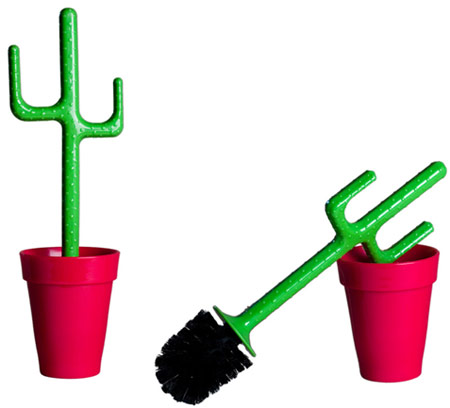After taking Expressive typography class this semester, I am more aware of how type can be applied and treated in different forms than just text on paper, and how we can interact with it in various ways.
I am interested in combining human body movement / anatomy and type together as one of my thesis ideas. It will focus on the human movement and how it can be incorporated into a dynamic set of typography, transforming text from static to dynamic, animated, and something that's alive and representational of life.
Here are some examples I have found online of works combining the human body and Typography together.
![]()
Ariana Page Russel (c), photo taken from: glia.ca
![]() Illustration: Slave to the 80s by Village9991 (c)
Illustration: Slave to the 80s by Village9991 (c)
![]()
Bodytype by Smart Head and Red Keds (c)
![]()
Typography Costumes by RBG6 (c)
![]()
Typeface in Skin by Thijs Verbeek, photography Arjan Benning (c)
![]()
Typography translation exercise by Plai Upathamnaratorn (c)
![]()
Vogue cover, August 1940
Taken from Alessandra Amandinea’s Research
![]()
Illustration: Devin Schoeffler, taken from designexpanse.com
![]()
Mos Def by Chris Wicks (c) taken from Behance
![]()
Anatomical Typography by Bjorn Johansson (c)
![]()
Letter and Image, Massin, 1968
Taken from Alessandra Amandinea’s Research
![]()
Illustration: Reza Abedini (c), taken from PingMag
![]()
Illustration: Mehdi Saeedi (c), taken from PingMag
![]()
Folha de S. Paulo, Newsletter. Illustrating Life with words for 77 years
Taken from adamwilkinsondesign
![]()
hand signs taken from extrafunk.com

























